This article was co-authored by Bess Ruff, MA. Bess Ruff is a Geography PhD student at Florida State University. She received her MA in Environmental Science and Management from the University of California, Santa Barbara in 2016. She has conducted survey work for marine spatial planning projects in the Caribbean and provided research support as a graduate fellow for the Sustainable Fisheries Group.
There are 10 references cited in this article, which can be found at the bottom of the page.
This article has been viewed 948,095 times.
Learning how to make static electricity is a great experiment to help you learn more about physical science. Depending on your interests, you can make static electricity in several different ways. To make small shocks, you can rub your socks against carpet or rub fur against plastic wrap or balloons. Or, to produce larger shocks, you can build your own electroscope using objects around the house.
Steps
Making Static Shocks with Socks and Carpet
-
1Put on a pair of clean, dry socks. The cleaner your socks are, the better they will conduct electricity. If your socks are wet or dirty, they will not have as much traction with the floor and may not make static electricity.[1]
- Warm socks that just came out of the dryer are best for conducting electricity.
- While most socks can conduct static electricity, wool socks generally work best.
-
2Shuffle lightly across the carpet. Walk quickly while lightly scuffing your feet against the carpet. Avoid sliding your feet or walking with too much pressure, as this can cause the electricity to discharge prematurely and leave no energy for sparks.[2]
- Nylon carpets are generally best for conducting electricity, but most carpets can produce static sparks.[3]
Advertisement -
3Touch another person or a metal object. After rubbing your socks against the carpet, reach your hand out and touch a nearby person or a metal object. You can tell whether you've made static electricity by whether you feel a shock or spark travel from yourself to the other person or object.[4]
- If you don't feel a static shock, keep scuffing your socks against the carpet and try again.
- Ask the other person's permission before touching them, as not everyone likes static shock.
-
4Avoid touching any electronic items. Electronic items contain microchips that can malfunction or become permanently destroyed by static electricity. Before touching any electronic items, take off your socks and touch something else to discharge any static electricity.[5]
- Even if your electronic device has a protective case, it may still be vulnerable to static shocks.
Rubbing Balloons with Wool to Create Static Electricity
-
1Blow up a balloon and tie the end. Pinch the neck of the balloon's opening and hold it against your lips. Take deep breaths in through your nose and cover the sides of your mouth as you exhale into the balloon. You may need to blow hard at first to get the balloon started, but it will become easier to blow it up bigger after that. Once the balloon has expanded to an adequate size, you will need to tie the end of the balloon so that it stays inflated. This can be done most easily by wrapping the end around two fingers (index and middle) of your non-dominant hand. Then slightly separate those two fingers, pull it through that space, and remove your fingers to form a knot.[6]
- In this experiment, you have to use a rubber balloon. Metallic balloons will not conduct static electricity when rubbed with wool.
-
2Rub your balloon with wool. Hold the balloon in one hand and the wool in the other. Press the wool against the balloon and rub them vigorously against each other for at least 5-10 seconds.[7]
- If you don't have any wool handy, you can rub it against your hair or a sweater/sweatshirt instead.
-
3Hold the balloon next to an empty soda can to test it. Place the can down sideways on a smooth, flat surface, then hold the balloon close to the can without touching it. If the can starts rolling away from the balloon, the balloon is conducting electricity.[8]
- You can also test the conduction by holding it near your hair. If strands of your hair lift up and touch the balloon, you've made static electricity.
- You can also try to get the air-filled balloon to stick to a nearby wall. (This experiment works better in the wintertime and in non-humid climates). You may want to keep track of the surface against which you previously rubbed the balloon, how many times it was rubbed, and how long the balloon stayed against the wall.
-
4Discharge the balloon by rubbing it against metal. Metal is a strong conductor and can remove the charge from your balloon. Just like you did with the wool, rub the metal against the balloon for about 5-10 seconds. Then feel free to repeat the experiment.[9]
Making an Electroscope
-
1Cut 2 holes in the bottom of a foam cup and push straws through. Push a pencil or skewer through 2 locations in the bottom of a foam cup. The holes should be as far apart from each other as they are from the edge of the cup. Place a plastic straw through each hole so that it hangs halfway outside each one.[10]
- Use caution while handling sharp objects like skewers.
-
2Tape 4 small clay balls to the cup's opening, then place it on a baking pan. Roll 4 small, even balls that are 1⁄2 in (1.3 cm) long and wide with your fingers and attach them at equidistant locations on top of the cup's opening with tape. Then, flip the cup upside down and place it in the middle of an aluminum baking pan.[11]
- After placing the cup on the pan, the straws should be facing directly upward.
-
3Cut a piece of thread and tie it to a 1 in (2.5 cm) aluminum foil square. Cut a piece of aluminum foil that is 1 in (2.5 cm) long and wide. Then, cut a piece of thread about 2-3 times longer than the distance between the straw and the edge of a pan. Then, ball the aluminum foil around the end of the thread.[12]
-
4Tape the other end of the thread to the straws. Tie the thread to both of the straws sticking out of the cup. Tape the ends of the thread to hold them in place, then adjust the straws so the aluminum foil hangs down and just touches the edge of the pan.[13]
- If the thread is too long and does not hang suspended in the air, cut it to size as needed.
-
5Test the electroscope by placing it next to a charged balloon. Charge a balloon by rubbing it against your hair or a piece of fur and place it on the table. Place the electroscope next to the balloon. If the balloon is conducting electricity, the aluminum foil should move away from the balloon.[14]
Community Q&A
-
QuestionHow do you know if you are charged up enough to shock someone?
 Community AnswerPut your hand close to your hair and if you feel your hair react, that means you are charged up.
Community AnswerPut your hand close to your hair and if you feel your hair react, that means you are charged up. -
QuestionCan static electricity make things float?
 Community AnswerYes. There is a great trick where you can float/levitate a dollar bill between your hands (which are electrically charged). Search for the trick on YouTube.
Community AnswerYes. There is a great trick where you can float/levitate a dollar bill between your hands (which are electrically charged). Search for the trick on YouTube. -
QuestionCan I make static electricity by rubbing wool gloves together?
 Community AnswerYes.
Community AnswerYes.
References
- ↑ https://wonderopolis.org/wonder/what-is-static-electricity
- ↑ https://www.livescience.com/what-causes-static-electricity.html
- ↑ https://intranet.birmingham.ac.uk/hr/documents/public/hsu/information/electrical/staticelectricity.pdf
- ↑ https://www.livescience.com/what-causes-static-electricity.html
- ↑ http://stormhighway.com/sparkhome.php
- ↑ https://sciencebob.com/roll-a-can-with-static-electricity/
- ↑ https://sciencing.com/build-up-static-electricity-hands-8496333.html
- ↑ https://sciencebob.com/roll-a-can-with-static-electricity
- ↑ https://sciencing.com/build-up-static-electricity-hands-8496333.html
- ↑ https://www.sciencebuddies.org/science-fair-projects/project-ideas/Elec_p023/electricity-electronics/how-well-do-different-materials-create-static-electricity#summary
- ↑ https://www.scientificamerican.com/article/static-science-how-well-do-different-materials-make-static-electricity/
- ↑ https://www.exploratorium.edu/snacks/electroscope
- ↑ https://www.exploratorium.edu/snacks/electroscope
- ↑ https://www.scientificamerican.com/article/static-science-how-well-do-different-materials-make-static-electricity/
About This Article
To make static electricity, first put on a pair of socks. Next, rub your socks across a piece of carpet for about 30 seconds. Be sure not to touch any metal or you’ll discharge the static and shock yourself. Carefully make your way to the person you want to shock and touch their skin. You should both feel a mild static shock!
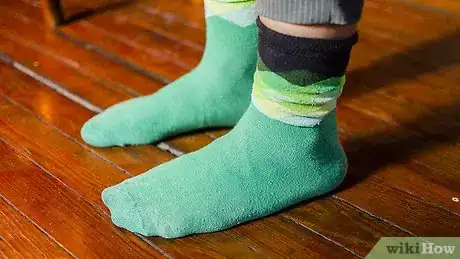
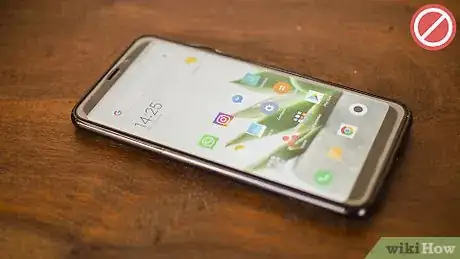
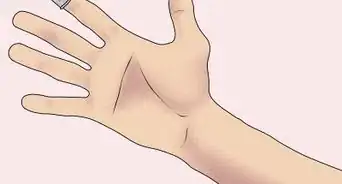
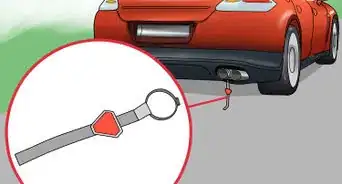
-Electric-Shock-Step-9.webp)

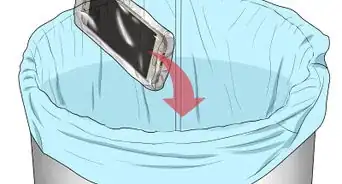
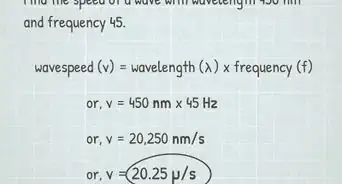


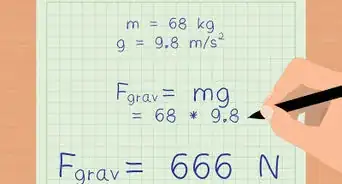


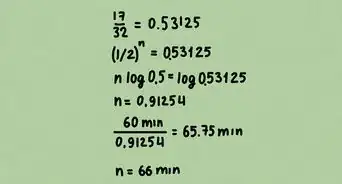












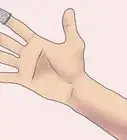
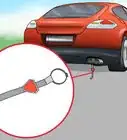
-Electric-Shock-Step-9.webp)



































